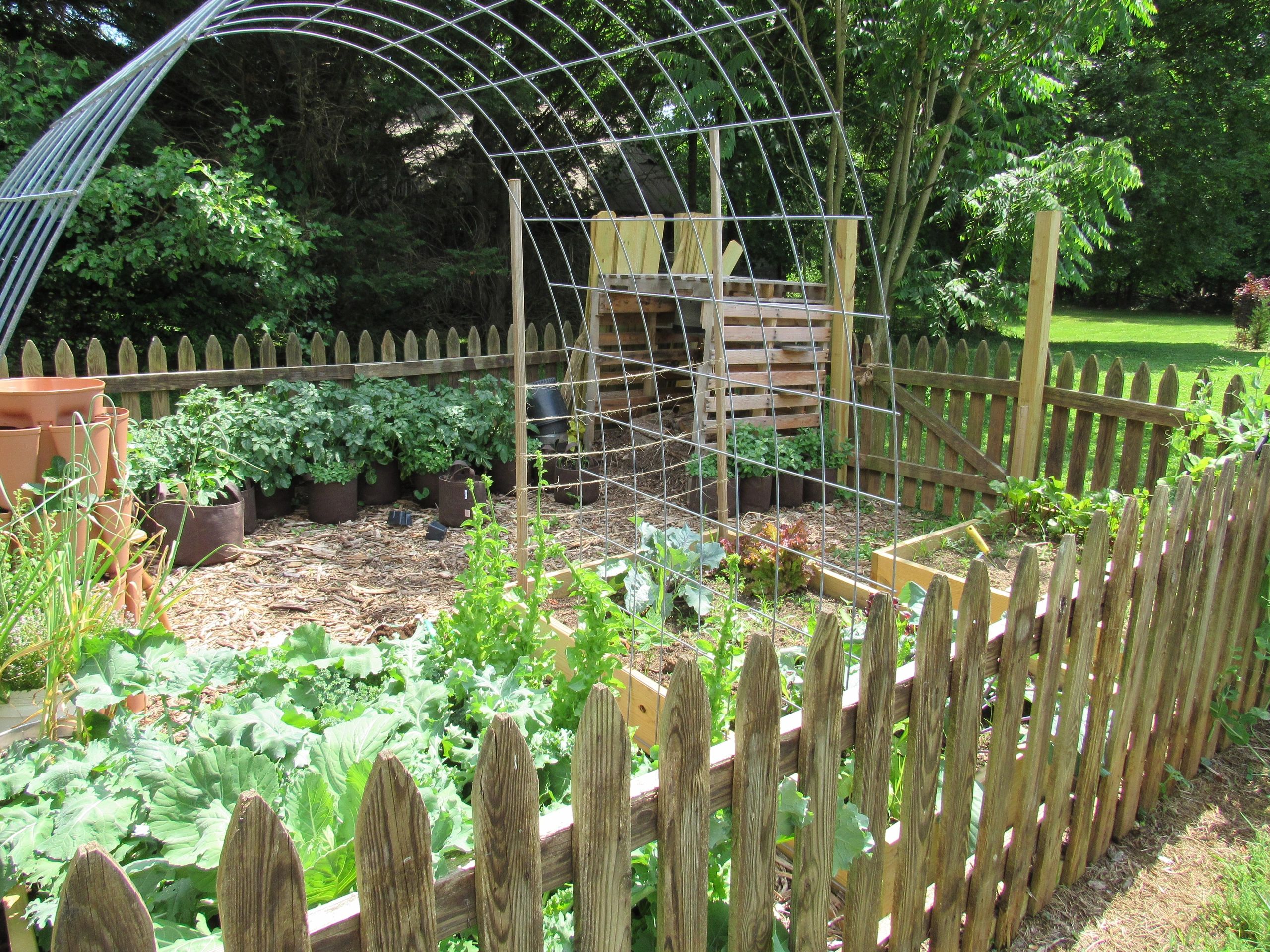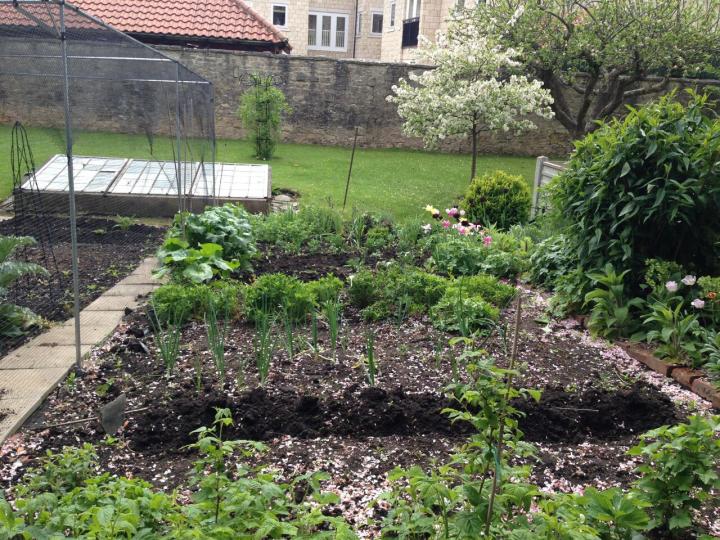Essential Care Strategies for Homestead Gardening
Essential Care Strategies for Homestead Gardening
Blog Article
Reveal the Secrets to Producing a Productive and lovely Horticulture Room
Developing a productive and beautiful horticulture space is not merely an issue of growing blossoms and vegetables; it requires a critical strategy that encompasses numerous vital aspects. From picking the right area based on sunshine and dirt type to thoughtfully developing your layout and choosing appropriate plants, each decision plays a pivotal role in the success of your yard.
Choosing the Right Location
Picking the optimal location for your garden is crucial to its success and general visual allure. The very first action in this procedure includes examining sunlight direct exposure, as a lot of plants call for at the very least six hours of direct sunlight daily (Homestead Gardening). A south-facing garden generally gets the most light, while shaded locations can restrain development and flowering
Furthermore, think about dirt top quality and drainage. Well-draining dirt is necessary to stop water logged origins, which can result in plant diseases. Performing a dirt test can provide useful details relating to pH degrees and nutrition material, enabling you to change the soil accordingly.
In addition, proximity to water sources is an additional factor to weigh - Homestead Gardening. Having very easy access to a pipe or irrigation system can simplify the watering procedure and urge constant plant care. Wind protection is also crucial; positioning your yard near frameworks, such as wall surfaces or fences, can secure it from extreme winds that might harm delicate plants
Lastly, take into consideration ease of access for maintenance and harvesting. A well-placed garden allows for convenient gain access to, guaranteeing that you can quickly often tend to your plants without creating unnecessary stress or disruption. Thoughtful place option lays the structure for a flourishing yard.
Selecting Plants Wisely
When choosing plants for your yard, it's necessary to take into consideration elements such as environment, dirt conditions, and personal preferences to ensure a harmonious and effective room. A thorough understanding of your neighborhood environment will guide you in choosing plants that grow in your particular setting. Selecting drought-resistant varieties is beneficial in dry regions, while moisture-loving varieties may be much more suitable for areas with high rainfall.
Dirt conditions are similarly critical; conducting a dirt examination can disclose pH degrees and nutrition content, enabling you to pick plants that will grow. Native plants are usually an excellent choice, as they are typically well-adapted to local soil kinds and need less upkeep.
In addition, consider your gardening objectives. Are you going for an ornamental display screen, a vegetable yard, or maybe a combination of both? This will influence your selections dramatically. Show on your personal preferences-- selecting plants that resonate with your aesthetic preferences will enhance your satisfaction and commitment to maintaining your garden. By carefully evaluating these elements, you can produce a diverse and growing plant selection that boosts your horticulture experience.
Creating Your Yard Layout
With a thoughtfully chosen plant choice in hand, the following step is to produce a garden layout that takes full advantage of both appeal and performance. Begin by assessing the available space, considering elements such as shade, sunlight, and wind patterns. A well-planned format should integrate various zones, including areas for growing, pathways, and potentially seating.
Start with bigger plants or centerpieces, such as trees or tall perennials, put Visit This Link purposefully to produce visual interest. Layer smaller plants in front to improve deepness and texture. Take into consideration the growth behaviors of your selected plants; taller varieties ought to be placed at the back or facility of beds, while much shorter ones can line the sides.
Integrating find paths not only assists in accessibility for upkeep however additionally welcomes expedition. Usage materials that match the garden's total aesthetic, whether rock, timber, or gravel chips.
In addition, think of seasonal modifications and how your design will certainly look throughout the year. Including evergreens together with seasonal blossoms can ensure year-round appeal. Eventually, a well-designed garden design integrates the natural beauty of plants with sensible considerations, causing a space that is both inviting and efficient.
Enhancing Soil Health And Wellness

To improve dirt health and wellness, begin by conducting a soil test to analyze pH levels, nutrient material, and soil texture. Incorporate organic issue such as compost, well-rotted manure, or leaf mold to enhance soil structure, water retention, and microbial task.
Mulching is one more efficient technique; it not only preserves moisture but likewise subdues weeds and slowly enhances the dirt as it breaks down. Staying clear of too much husbandry is important, as it can interfere with soil structure and harm useful microorganisms. Rather, embrace no-till or minimal tillage methods to keep dirt integrity.

Preserving Your Yard Efficiently
A well-kept yard gives pride and efficiency, calling for consistent attention to make certain that plants grow and the landscape continues to be welcoming. Effective garden maintenance includes several vital techniques that boost the health and wellness of your plants and the overall aesthetic of your space.
Regular watering is vital; nonetheless, it is very important to customize your watering schedule based upon the specific needs of your plants and local climate problems. Mulching can aid retain moisture, subdue weeds, and regulate soil temperature level. Timely weeding prevents competition for nutrients and sources, Visit Website making certain that your plants flourish.
Pruning is one more essential task. It urges healthy and balanced growth, removes infected or dead branches, and shapes plants to preserve an appealing framework. In addition, monitoring for diseases and insects is vital; early discovery and intervention can conserve your plants from substantial damage.
Fertilizing needs to be implemented thoughtfully, using natural alternatives whenever feasible to advertise long-lasting soil health and wellness. Seasonal tasks such as planting, splitting perennials, and preparing for winter season will certainly ensure your yard stays vivid year-round. By adhering to these practices carefully, you can grow a garden that is both productive and lovely.
Final Thought
Selecting an appropriate area with adequate sunlight, selecting ideal plants, making a visually pleasing layout, improving soil health, and guaranteeing routine upkeep are necessary elements. By integrating these techniques, one can cultivate a growing yard that not just enhances the landscape but additionally promotes environmental balance and sustainability.
From choosing the right location based on sunshine and dirt kind to thoughtfully making your format and selecting suitable plants, each decision plays a crucial function in the success of your yard. Well-draining soil is necessary to avoid waterlogged roots, which can lead to plant illness.When choosing plants for your garden, it's vital to take into consideration variables such as environment, soil conditions, and individual preferences to make certain a harmonious and productive room. Ultimately, a well-designed garden layout balances the natural elegance of plants with useful factors to consider, resulting in a space that is both inviting and effective.

Report this page